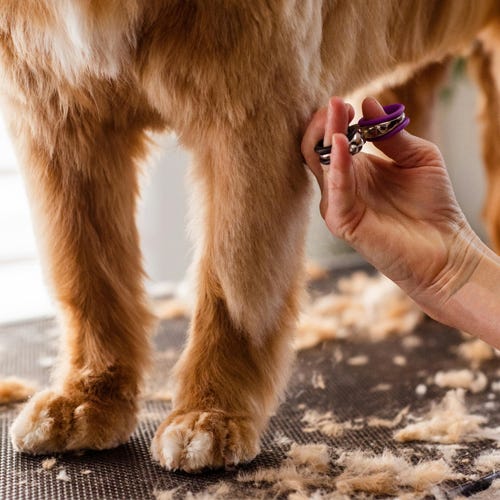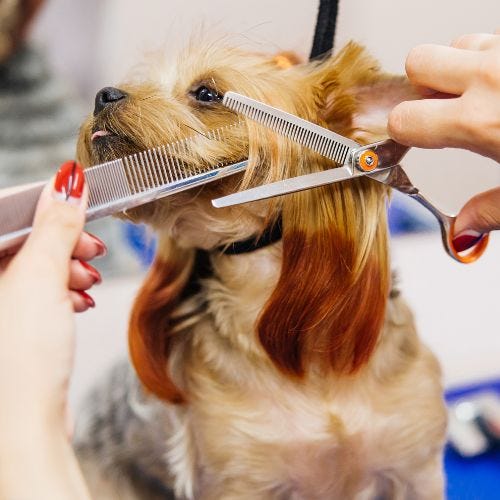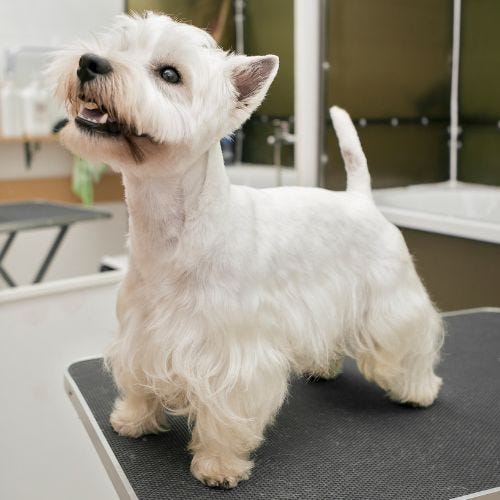PetEdge Grooming Question: How to Select the Right Grooming Dryer (Part I)
08/12/2014
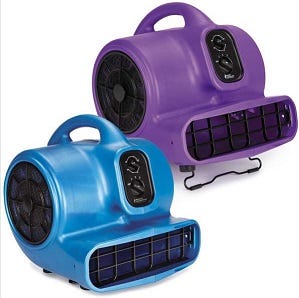 Master Equipment™ Blue Force Cage Dryer
Master Equipment™ Blue Force Cage Dryer
(Editor's note: This is part one of a our two-part guide to grooming dryers. Here in part one, we talk about the different types of dryer specifications that you'll find on our product pages and what each one means.)
Grooming dryers are a big investment, and with so many choices on the market, it's tough to know where to start.
At PetEdge, we provide groomers with lots of information about dryers so they can figure out which model will work best for their needs and their budget. Just because a dryer costs a lot of money, it doesn't always mean that it is the best choice for your business.
We first recommend that you become familiar with some common dryer terms.
AIR SPEED AND VOLUME:
Feet Per Minute (FPM) measures the speed of the air coming out of the dryer (think miles per hour when you’re talking about cars). This can be changed easily by narrowing the opening that the air comes out of, similar to putting one's finger over the end of a garden hose to increase the force of the water stream.
Because it is easy to alter the FPM based on the size of the opening of the dryer nozzle, there are some manufacturers who won't use FPM as a comparison point. When comparing dryers, looking at FPM can be misleading if you're not sure that all the nozzle openings are the same size.
However, it's a pretty safe bet that most dryer makers will use nozzles with the smallest nozzle openings so they can advertise the highest possible FPM.
Cubic Feet Per Minute (CFM) is the volume (amount) of air a dryer is capable of moving each minute. A dryer rated at 200 CFM will produce the same volume of air through a two and a half-inch opening as it will with a one and a half-inch nozzle attached.
Used together, the FPM and the CFM will tell you how many cubic feet of air will come out of a dryer every minute, and how fast the air will be moving.
AIR MOVEMENT:
Now that we've taken a look at air flow, let's look at the elements that get the air moving in the first place. There are two basic types of fans used to generate airflow in dryers today:
A Blower Wheel Dryer Fan is a flat disc or an open-ended drum with protruding vanes. This type of fan needs to be cleaned frequently, or it will become unbalanced and create excessive noise. Operating an unbalanced fan will eventually wear out the motor bearing.
An Axial Fan has a number of flat surfaces that are positioned at an angle to the hub (axle). Axial fans are similar in design to a box/window fan.
In general, blower wheels produce a higher volume of air (better for cage drying) and axial fans produce higher air speed (better for force drying).
HEATING ELEMENTS:
The two main heating elements used in dryers are Calrod or Coil-Wound.
Calrod Heating Elements are similar to the burners on an electric kitchen range. They take longer to heat up and cool down, but they are very long-lasting and virtually unbreakable.In dryers, these heating elements are not flat and round like they are on a stove burner. They look more like a cylinder.
Coil-Wound Heating Elements are like the heating elements in handheld human hair dryers and consist of many very long wires tightly coiled around a ceramic center. Coil-Wound Heaters respond quickly to temperature controls and have more surface area exposed to the airflow, so they produce more heat, and respond to controls faster. But they may not be as durable.
Most manufacturers will tell you which type of heating element is in the dryer. If it isn't listed and you have no way to ask, you can sometimes tell by how hot the dryer gets. Remember, coil wound heating elements are the hotter of the two.
THE ROLE OF HORSEPOWER
Many groomers believe that Horse Power is an important factor in comparing dryers. B-Air® Grizzly™ Portable Pet Dryers for example will dry pets in a fraction of the time without heat.
If you want a high speed blower to force dry a pet with, pay attention to the air speed (FPM). If you prefer to cage dry animals, look at air volume (CPM).
COMING UP IN PART 2: THE DIFFERENT TYPES OF DRYERS
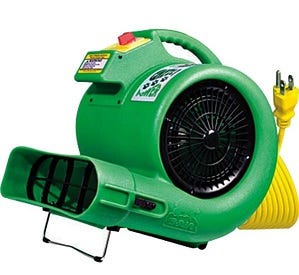
In part two of our blog post, we'll take a look at the different types of grooming dryers and explain the benefits and limitations of each. Check out our Dryer Guide for more detailed information.
YOUR TURN: Do you have a dryer story that you'd like to share with us, or question that you'd like our staff grooming experts to answer? Post your questions on our Facebook page. We'd love to hear from you.
ABOUT THE AUTHOR: PetEdge is a leading source for wholesale grooming supplies and discount pet products. Choose from over 20,000 products in our catalog and online at PetEdge.com, and take advantage of our free shipping on qualified orders of $150 or more.


